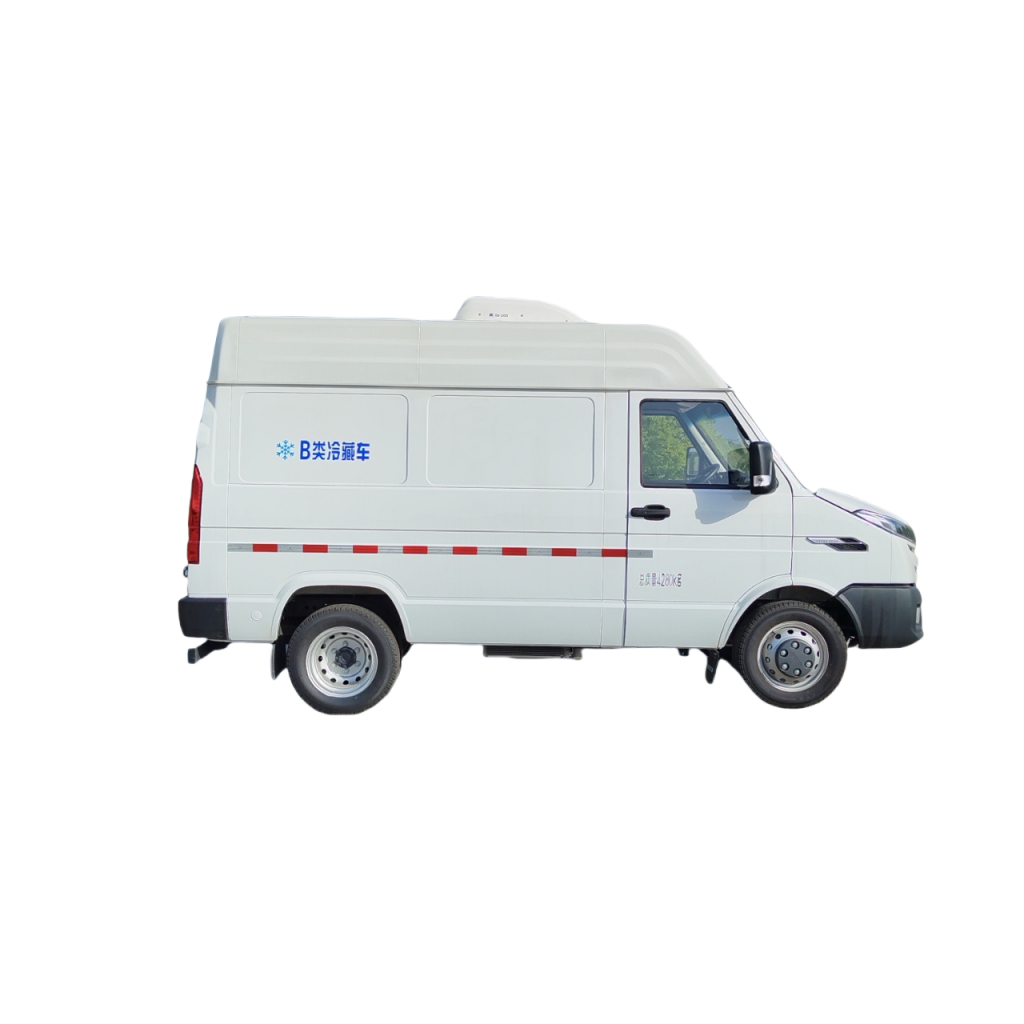The Essential Role of Truck Mounted Cranes in Rural Development

**Title: The Essential Role of Truck Mounted Cranes in Rural Development**
**Introduction**
In the ever-evolving landscape of construction and infrastructure development, the tools and equipment employed can significantly impact efficiency, safety, and productivity. Among these, truck-mounted cranes have emerged as indispensable assets, particularly in rural areas where infrastructure development is crucial for economic growth. This article delves into the various aspects of truck-mounted cranes, exploring their functionality, applications, advantages, and the transformative role they play in rural settings.
**Understanding Truck Mounted Cranes**
A truck-mounted crane is a type of crane that is mounted on a truck chassis, allowing for mobility and versatility. These cranes can be easily transported to various job sites, making them ideal for projects that require frequent relocation. They come in various sizes and lifting capacities, catering to a wide range of applications from small-scale tasks to large construction projects.
**Components of Truck Mounted Cranes**
Truck-mounted cranes consist of several key components:
1. **Chassis**: The foundation of the crane, which is typically a heavy-duty truck that provides mobility and stability.
2. **Boom**: The extendable arm that provides the lifting capability. Booms can be telescopic or articulated, allowing for a range of motion and reach.
3. **Outriggers**: Stabilizing legs that extend from the crane to provide balance during lifting operations. These are crucial for safety, especially in uneven terrain often found in rural areas.
4. **Winch and Hoist**: The mechanism used to lift and lower loads. It operates with a system of pulleys and cables to provide the necessary lifting force.
5. **Control System**: The operator's interface for managing the crane's movements, which can be manual or remote-controlled.
**Applications of Truck Mounted Cranes in Rural Areas**
Truck-mounted cranes serve a variety of functions in rural development, including:
1. **Construction Projects**: These cranes are essential in building homes, schools, and commercial structures. Their mobility allows them to reach remote locations where traditional cranes may not be feasible.
2. **Agricultural Support**: In rural areas, truck-mounted cranes can assist in various agricultural tasks, such as lifting heavy equipment, moving bales of hay, and constructing barns or silos.

3. **Infrastructure Development**: Whether it’s erecting telephone poles, wind turbines, or solar panels, truck-mounted cranes facilitate the installation of crucial infrastructure that enhances connectivity and sustainability.
4. **Maintenance and Repair**: These cranes are valuable for maintenance tasks in rural settings, such as repairing roofs, bridges, and other structures that require heavy lifting.
5. **Disaster Relief**: In times of natural disasters, truck-mounted cranes can be deployed quickly to assist in rescue operations, debris removal, and rebuilding efforts.
**Advantages of Truck Mounted Cranes in Rural Areas**
The use of truck-mounted cranes in rural areas presents numerous advantages:
1. **Mobility**: Their ability to traverse rough terrain and reach remote locations is unparalleled, making them ideal for rural settings where access can be a challenge.
2. **Cost-Effectiveness**: Truck-mounted cranes reduce the need for multiple pieces of equipment, consolidating tasks into a single machine, which can save on labor and transportation costs.
3. **Versatility**: They can be utilized for a wide range of applications, from lifting and transporting materials to performing maintenance tasks, making them a valuable asset for rural contractors.
4. **Reduced Setup Time**: Unlike traditional cranes that require extensive setup, truck-mounted cranes can quickly transition from transport to operational mode, enhancing productivity.
5. **Enhanced Safety**: Equipped with modern technology, truck-mounted cranes come with safety features that reduce the risk of accidents during lifting operations.
**Challenges and Considerations**
While truck-mounted cranes offer numerous benefits, there are challenges and considerations to keep in mind:
1. **Terrain Limitations**: Rural areas often feature uneven or unpaved surfaces, which can pose challenges for the stability of truck-mounted cranes. Proper planning is necessary to ensure safe operations.
2. **Training and Skill**: Operating a truck-mounted crane requires specialized training. Ensuring that operators are adequately trained is essential for safety and efficiency.
3. **Maintenance Needs**: Regular maintenance is crucial to ensure the longevity and reliability of truck-mounted cranes. Rural operators must be mindful of the availability of service providers.
4. **Regulatory Compliance**: Operators must adhere to local regulations regarding crane operations, which can vary by region and may impact project timelines.
5. **Load Capacity Considerations**: Understanding the load capacity and limits of the crane is vital to prevent overloading, which can lead to accidents and equipment failure.
**Future Trends in Truck Mounted Cranes for Rural Areas**
As technology advances, several trends are emerging that could further enhance the utility of truck-mounted cranes in rural areas:
1. **Telematics and Smart Technology**: The integration of telematics into truck-mounted cranes allows for real-time monitoring of performance, location, and maintenance needs, improving operational efficiency.
2. **Electric and Hybrid Models**: With a growing emphasis on sustainability, the development of electric and hybrid truck-mounted cranes may provide eco-friendly options for rural applications.
3. **Increased Automation**: Advances in automation technology could lead to more efficient crane operations, allowing for remote control and enhanced safety features.
4. **Modular Designs**: Future models may incorporate modular designs that allow for easier customization and adaptability to various tasks.
5. **Training and Simulation**: Virtual reality and simulation-based training programs could enhance operator training, improving safety and efficiency in rural settings.
**Conclusion**
Truck-mounted cranes play a vital role in the development and maintenance of rural infrastructure. Their mobility, versatility, and efficiency make them indispensable tools for construction, agriculture, and disaster relief. As https://www.worktruckmaker.com/box-truck/ continue to grow and modernize, the importance of these cranes will only increase. By addressing the challenges they present and embracing future trends, communities can harness the full potential of truck-mounted cranes to foster sustainable development and improve the quality of life in rural regions.
In conclusion, the investment in truck-mounted cranes is not merely a choice but a necessity for those aiming to drive progress in rural areas, ensuring that they are equipped to meet the demands of modern infrastructure and economic development.
